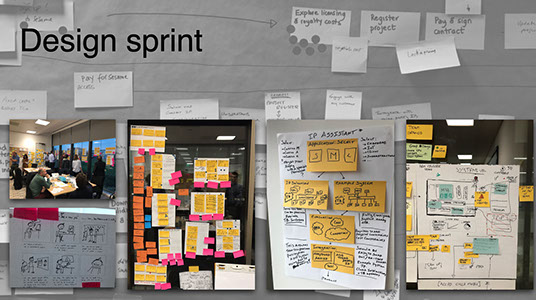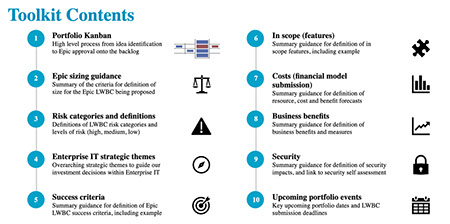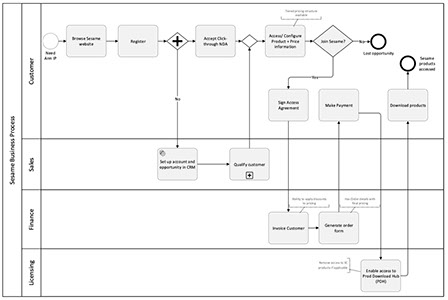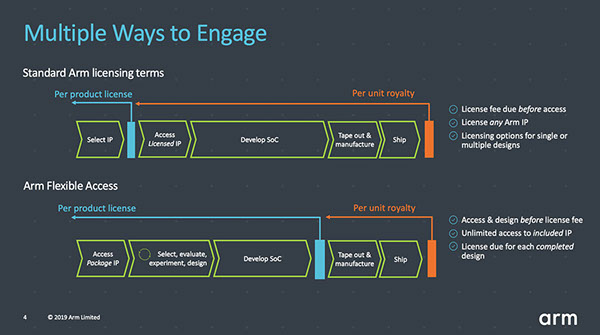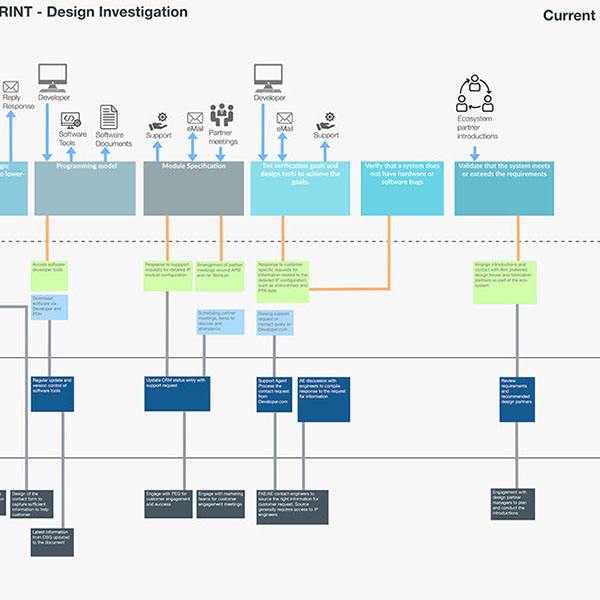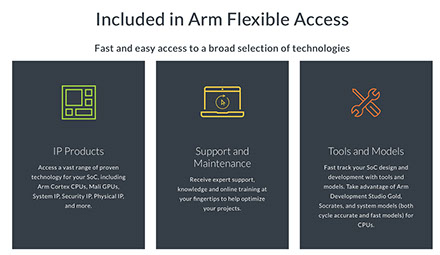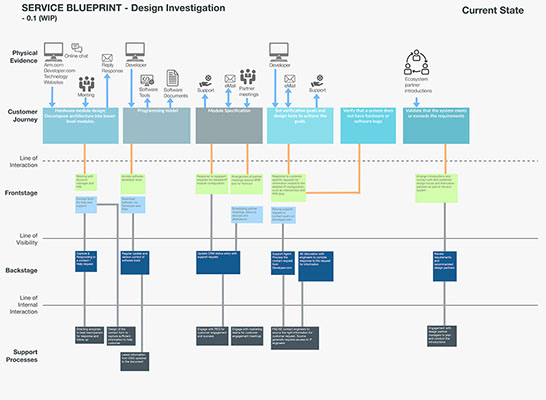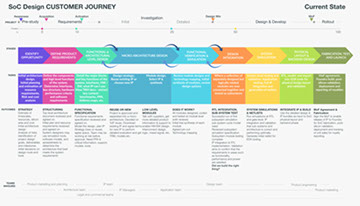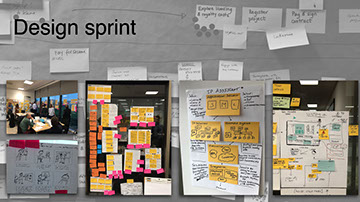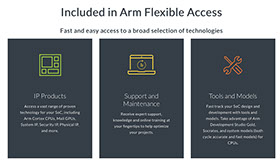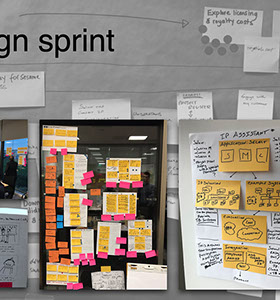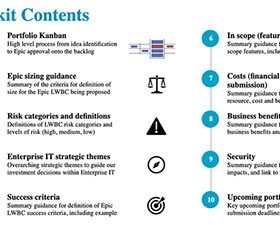Arm Flexible Access - A new way of working
In the past if a customer wanted specific IP from Arm for a System on Chip design (SoC), say a Cortex A76 CPU, they have to first obtain a license to use it. Upon that license payment, the customer gets the required tools and support to implement that CPU in their design. This works well for larger companies, however in a new competitive environment it could be a potential barrier to innovation for startups, smaller OEMs, and product suppliers. This is evident in the automotive industry where advances in new technology adoption, and drive for autonomous vehicles, has seen a growth in new startup investment, but their innovation is being curtailed somewhat by need to use standard 'off-the-shelf' electronics rather than custom designed in order to realize the full product potential. I was lead product UX designer working in the customer experience CX team along with UX designers, user researchers, and UX opps. The CX team worked on a number of key linked initiatives with service design of a new disruptive business model and new way of working at its core.
Fundamental to bringing change to the arm semiconductor ecosystem was the adoption of new business models, created through a collaboration of service design, operations management, and business strategy.
My focus was to use service design methodology to create the best customer experience. In-depth customer discovery activities were performed conducting extensive user and domain research via customer interviews, attending conferences, and talking to subject matter experts to build a detailed understanding of the Silicon on Chip (SoC) process along with stakeholder interviews, business canvas and value proposition.
ROLE: LEAD PRODUCT DESIGNER
DESIGN PHASES: DISCOVER + DEFINE + DEVELOP
RELEASED: MAY 2019
CLIENT: ARM
PLATFORM: WEB / DESKTOP
DESIGN TOOLS: ADOBE + SKETCH
PROTOTYPING: ADOBE, HTML, INVISION,
VISUAL DESIGN: ADOBE XD

This enabled me to build new personas capturing customer needs and behaviors from the world of startups, and smaller OEM and product manufactures who would traditionally not consider the customer SoC route. I was also able to build a comprehensive customer journey map high-lighting the key areas and touch points where customers were struggling, and the opportunities where Flexible access could facilitate change.



In order to gather requirements from across the different business stakeholders, and to bring people together to agree the strategy, identify the goals, and focus on agreed priorities, I along with 2 other members of the CX team organized and facilitated a 5-day design sprint. This was using the methodology from Google Ventures and Jake Knapp.
We had a total of 26 people attending (slightly larger than normal for design sprint - but not everyone was there full time) covering business change, legal, marketing, product, IT, and of course customer experience. Following the design sprint framework day1 was about goals, lightening talks, personas, journey map and defining the moments that matter. Day2 was about the vision, competitors, and sketch hacks. Day3 was about voting, choosing a theme, and prototype requirements. Day4 was about creating the prototype and Day5 was testing this with real customers.


With clear goals, focus and product direction from the design sprint, along with tested prototypes and customer feedback I was able to construct the service design blueprint, which in conjunction with the internal process flows and IT system requirements created the framework for the Flexible Access service from sales engagement, order processing, customer portal, and support functions.
Arm Flexible Access platform turns the current paradigm on its head; where customers pay a small subscription fee to access a curated list of over 60 IP products to use in SoC designs without needing a license, until the point at which the SoC is ready for manufacturing. This enabled customers to explore and experiment with new IP designs - lowering the barrier for innovation. A key part of the solution is a new digital platform to enable easier exploration, selection, and access of Arm IP products in the System on Chip (SoC) design process. This was a major change for the semiconductor industry, and offered a new way smaller customers and startups could access the technology needed to design and create custom silicon to realize product innovation.

GALLERY


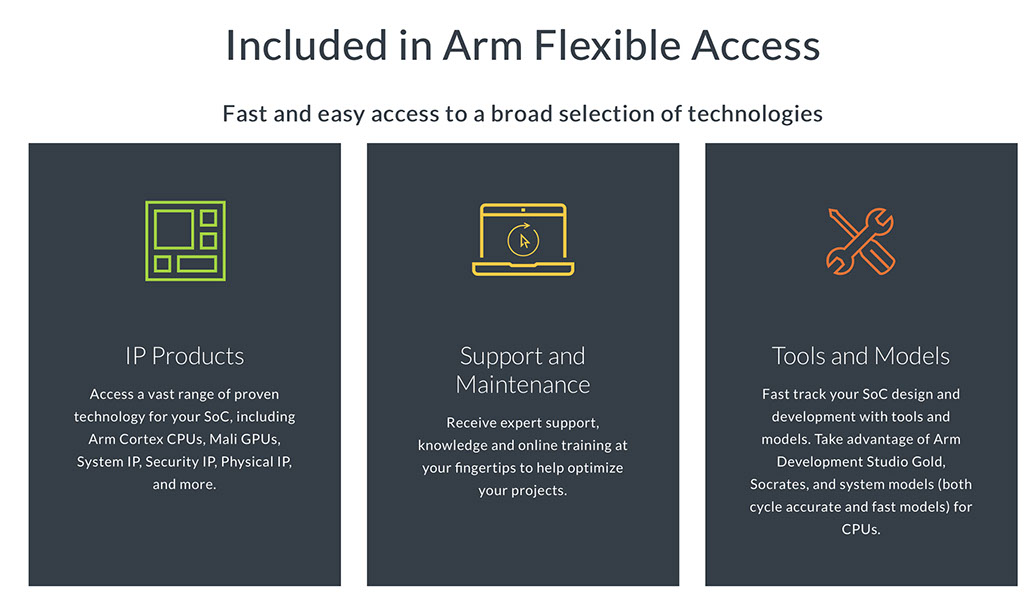
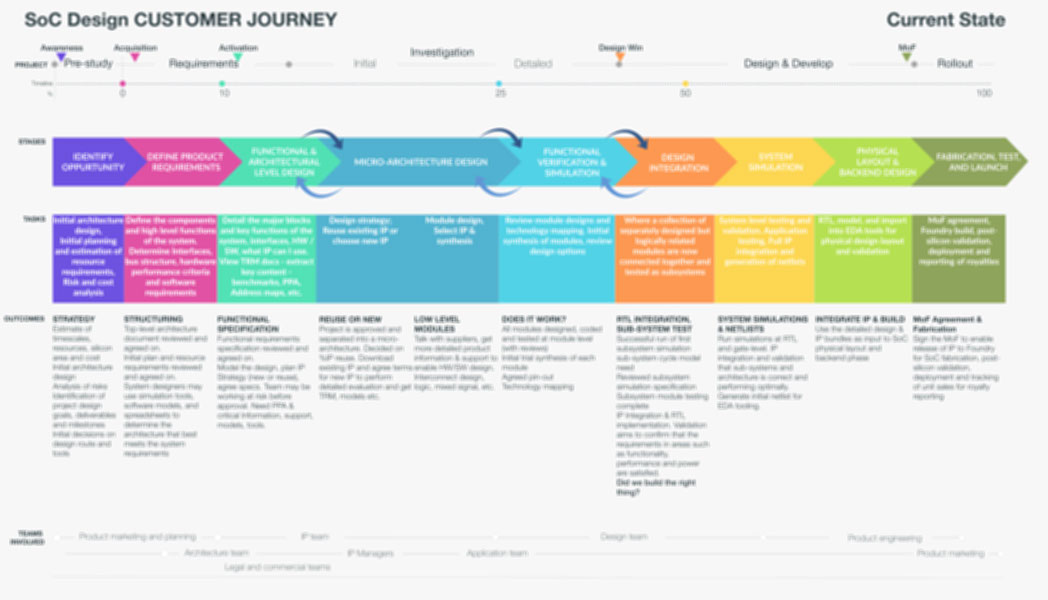
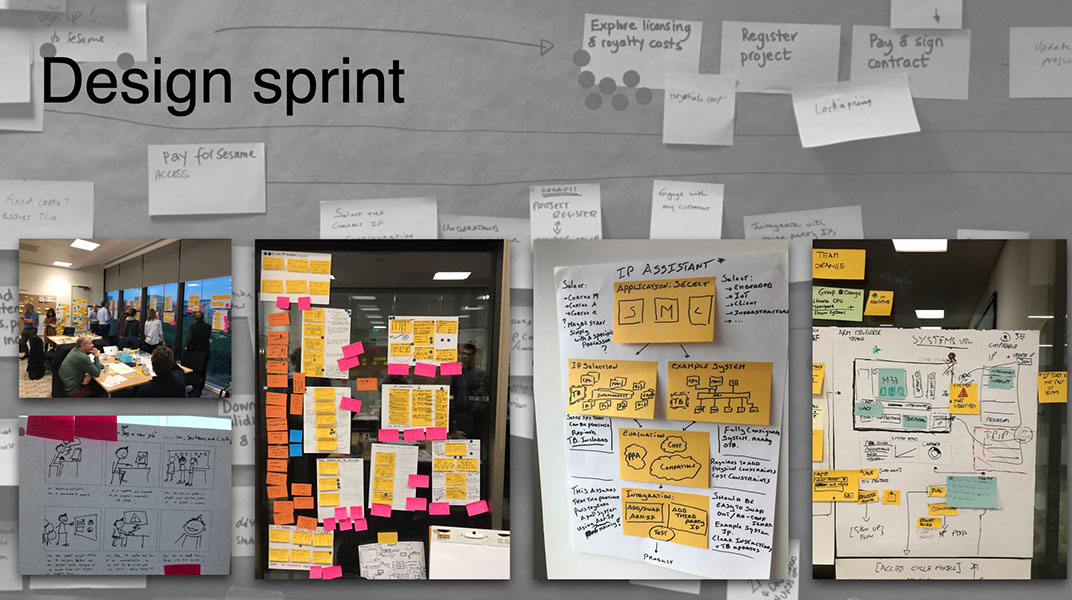
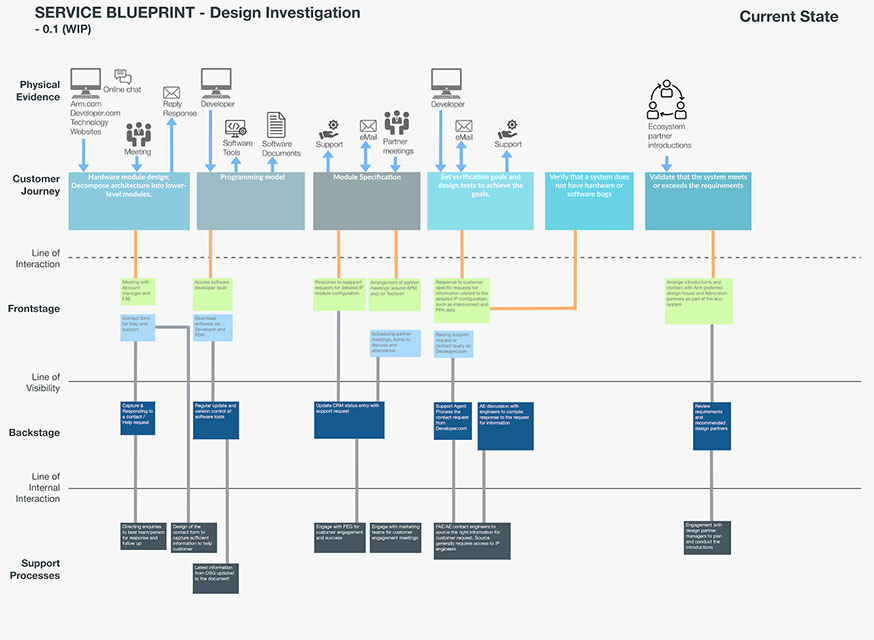
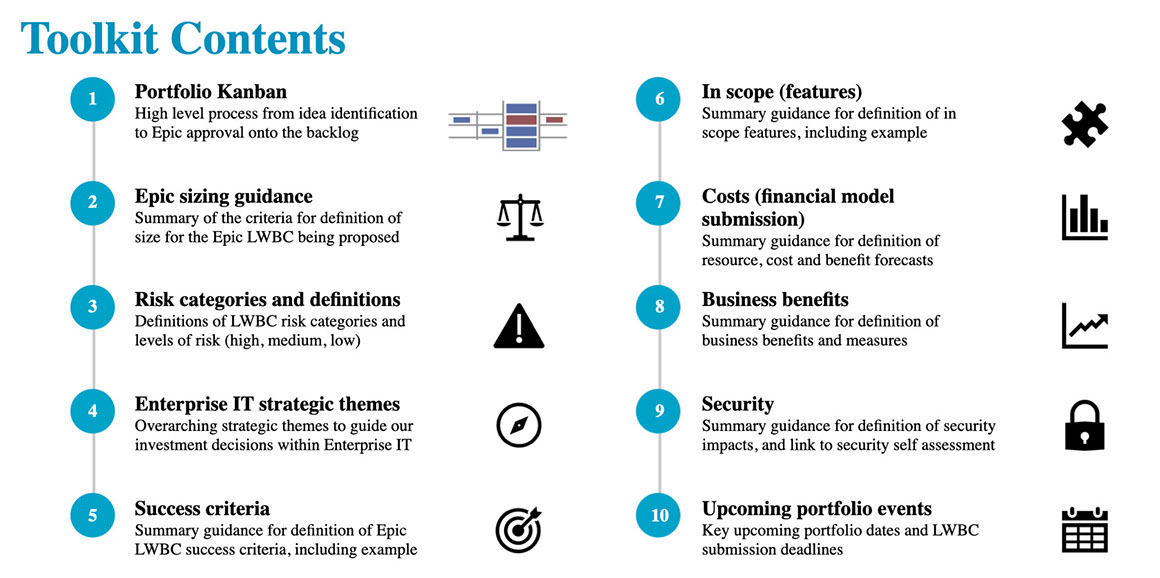
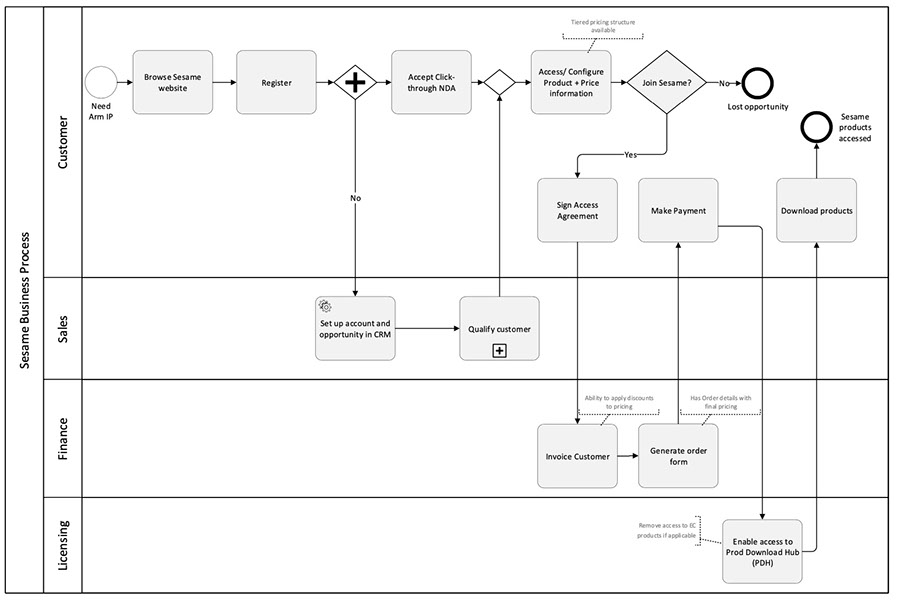
<
>
A new paradigm
With Flexible Access, the initial subscription fee is a fraction of the licensing cost, allowing companies that might not have considered Arm IP before to dive into System on Chip (SoC) design without as much capital input as previously needed. Flexible Access partners will use the new platform to browse the product catalog, download technical manuals, get help selecting products, and access to higher level models enabling accurate in-house simulation without having to pay any license fees.
Enabling Business Strategy
Arm Flexible Access is set to play a key part in a strategy leading to 1 Trillion connected devices over the next 10+ years, where Arm is set to play an important role in enabling the digital transformation and expansion of connected devices fueling a wide range of new innovative services and technology solutions
New Platform Design
To deliver the Flexible Access vision a new platform was designed to reduce friction in customer transactions by speeding up the membership process with initiatives such as digital document signing. Enabling easier browsing of the IP product catalog with dynamic search and relevant filters, and a new fast and responsive product download hub to manage the consumption of digital IP.
Customer Journey Map
To match the vision of Flexible Access in lowering barriers for innovation it was necessary to revisit the customer journey for the SoC design process, and high-light the problem areas that impact the exploration, selection, and use of IP to meet the required design. This lead to new product concepts being designed to enable a better understanding of the relative benefits of IP products, optimizing design choices, and to simulate design options resulting in a more confident and informed IP product selection experience.
Design Sprint
To explore the problem space around IP product selection, design thinking methodology was used to understand the problem in more depth. Instigating in-depth research with a wide range of customers and subject matter experts, resulting in a Design Sprint workshop to explore the problem, ideate potential solutions, converging on the best outcomes, creating rapid prototypes, and testing with customers leading to an MVP design solution and agile iterations adding incremental value for the customer.
Service Design Blueprint
In order to understand the end-to-end customer experience Service Design techniques were used to map out all the touch points a customer would have as they embark on a SoC design project, including how they use information, construct the high-level architecture, verify and validate design choices, access IP products, and build the detailed design. This helped to ensure we provided the best experience for the customer throughout the journey from initial awareness on websites or events, receiving information on Flexible Access, signing up for the service, to on-boarding, accessing detailed product information, technical reference manuals, tools, and downloading IP or getting support, through to fabrication of the chip design; licensing only the IP they used in the final design, and automatically generating reports for royalties.
Product Thinking
A key part of the value proposition is giving customers easy access to a range of products to facilitate design and then only licensing what they use in the design. As customers now have access to much greater number of products it is important to ensure that we provide easy way in which they can explore how those products would work in different design options so they can select the best and optimal design. Product thinking (eg. satisfaction vs functionality - Kano model) was used to create a System Design Environment concept in collaboration with internal business and product teams, and validated with customers to ensure the design was providing all must-be features along with significant performance and attractive features to delight customers and support Arm business strategy moving forwards.
Systems Thinking
The final piece of the puzzle in launching Flexible Access was to ensure the systems that were necessary to provide the end-to-end customer experience were fully aligned and data could be transfered easily and effectively between them; such that the lead generation, opportunity tracking, and sales order processing systems are fully integrated with the CRM, entitlement, and provisioning systems along with new platform solutions for product access, download, and support. Enabling a single source of truth for customer data, greater analytics and insight capabilities, and effective product data definitions.
–


